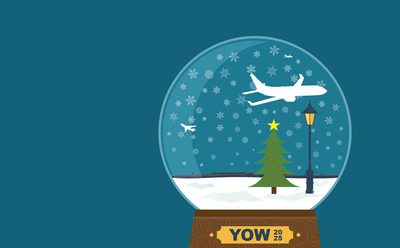Travelling from YOW
Your flight plan starts long before you take off.
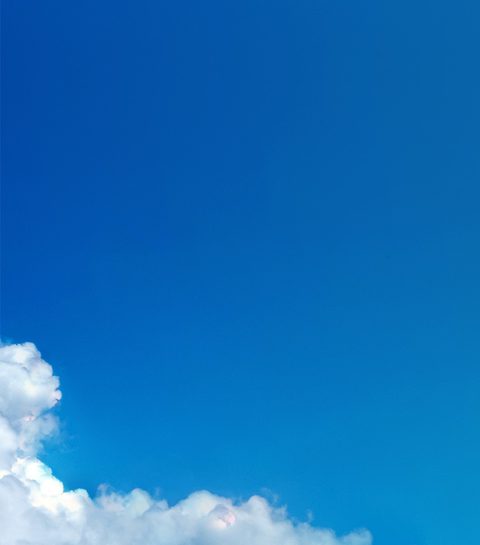
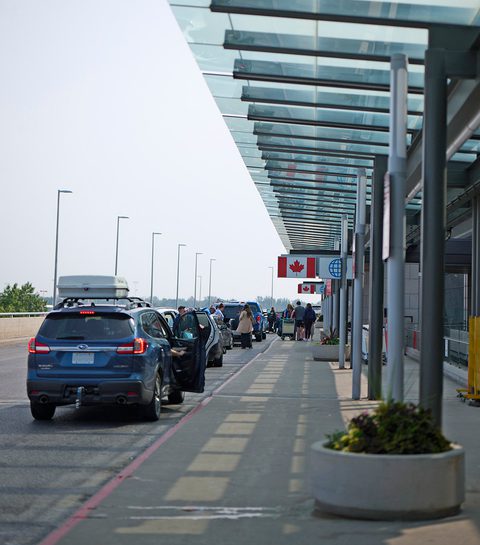
You’ve bought your ticket and you’re ready to go!
Find out how to make the process from curb to cabin as seamless as it can be!
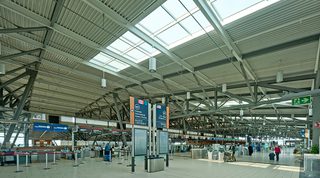
Understand the check-in process
Airline check-in counters are located on Level 3. There are separate check-in areas for passengers taking a Canada/International flight, and for passengers taking U.S.-bound flights.
- Check in with your airline – they each have dedicated counters with overhead signs.
- Most airlines offer online check-in prior to arriving to the Airport.
- No baggage to check? An express check-in kiosk is located on Level 2.
How to check your baggage
Baggage allowances vary from airline to airline and include weight and size restrictions, number of items permitted, cost to check an item, and how to transport oversized items. Passengers dropping off bags must do so as instructed by their airline.
- Baggage carts are available to use free of charge.
- Valuables and medication should be packed in your carry-on luggage.
- Be aware that authorities may search your luggage at any point during your trip.
Do you need assistance?
Airline staff can help you check in, get to the gate, board the plane, and assist you during your flight. The ideal time to request the assistance you require is when you book your ticket.
- Some airlines offer assistance for unaccompanied minors.
- Some airlines offer a gate pass for a family member or friend to escort a passenger to the gate.
- Airline staff can provide a wheelchair to help a passenger travel through the terminal as required.
Valid government-issued identification is required to board an aircraft.
Passport Canada recommends always travelling with a valid passport as it is the only proof of citizenship and identity accepted in all countries.
Canadian citizens flying internationally, including to the U.S., must present a valid passport to confirm their citizenship and identity.
For flights within Canada, valid government-issued photo identification is required.
Each country sets its own visa requirements. Make sure you know the rules before your trip.
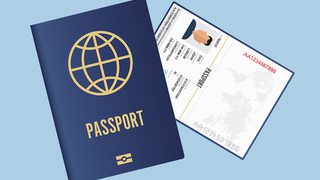
Going through security screening
Once a passenger completes the check-in process with their airline, they will proceed through the Canadian Air Transportation Security Authority (CATSA) security screening checkpoint.
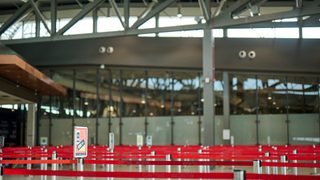
Security screening
There are separate screening areas for Canada/International and U.S. passengers.
- All passengers, including infants and children, must undergo security screening prior to boarding an aircraft.
- Security screening agents are on duty at least two hours before all flight departures. Wait times vary depending on the time of day and flight operations.
- Give yourself plenty of time to get through pre-board screening, especially during peak travel periods (early morning, noon, and early evening).
- Pack smart and be informed – find out what you can and can’t pack in carry-on or checked baggage and get other travel tips on the CATSA website.
- Tag your carry-on and checked baggage with your contact information.
- Accommodations can be made for people with special needs and a passenger can request that CATSA perform a physical search (if required) in a private room, by either a male or a female screening officer, with a witness present.
- Passengers flying within Canada or to a destination other than the U.S. will not be required to pass through Customs at the Ottawa Airport.
For more information, contact CATSA:
Travelling to the U.S.
Once a passenger completes the check-in process with their airline and CATSA security screening, they will be subject to the U.S. preclearance.
U.S. Customs and Border Protection (CBP) manages the preclearance service at the Ottawa Airport.
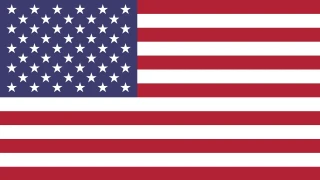
Passengers leaving Ottawa on a direct flight to the United States will clear CBP once they have passed through the CATSA security screening process, and before they get to the gate area to board their flight.
This means that a passenger will be screened by a CBP officer before departure and will not have to submit to any other formalities when arriving in the United States. Note that in all cases, CBP officers are empowered to request a secondary inspection. You will be directed to an adjoining room and, if need be, your checked luggage will be recalled for inspection.
Hours of operation
Daily, 4:15 a.m. – 7:20 p.m.
- Seasonal hours may affect the opening time – for up-to-date hours, visit www.cbp.gov/travel/preclearance#benefits
- Hours of operation are not modified to accommodate delayed flights. If your flight is delayed, and you haven’t passed through the CBP process before 7:20 p.m., you may miss your flight
During peak periods (4:30 - 7:00 a.m. and 3:00 - 7:00 p.m.), passengers flying to the United States should plan to arrive at the Airport two hours prior to their flight's departure time.
Canadian Citizens wishing to apply for U.S. – Mexico – Canada Agreement (USMCA) work status (TN-1 or L-1), should arrive early to ensure sufficient time to adjudicate your application.
Mobile Passport Control
The free Mobile Passport Control (MPC) app can speed up your entry to the United States.
The MPC app allows you to:
- Submit your passport information and customs declaration before you enter the CBP preclearance area
- Create a profile for each traveller in your group (up to 12) on a single application form
Save time, in three easy steps!
- Download the MPC app
App Store | Google Play - Fill out the form in advance
- Submit your request once you have arrived at YOW, no later than 2 hours before your flight
Trusted traveller programs
I-192 waiver applications
- Effective June 24, 2020, CBP no longer processes inadmissibility waivers at Preclearance locations in Canada.
- Waiver applicants should submit their application online via e-SAFE.
CBP does not process forms I-192, I-212 and I-824 at YOW, only at designated ports of entry.
Visas
Some citizens require a Visa to enter the United States. For more information, visit www.travel.state.gov. Travellers to the United States can apply for an Electronic System for Travel Authorization (ESTA) under the Visa Waiver Program.
Travelling with an animal
There are several canine units at YOW who work to keep the Airport safe.
While we welcome service animals and animals who are travelling to the Airport, it is in everyone’s best interest to avoid interactions with our working dogs.
- Unless the animal you are travelling with is a service animal, your animal must remain in a carrier from the time you arrive at the Airport until you board your flight.
- Find out rules and regulations your airline has for passengers travelling with an animal before your travel date.
- A designated animal relief area is located across the street from the terminal (Level 1) along the Parkade (P1). The area is clearly marked and plastic bags and garbage containers are available for disposal.
- There are animal relief areas past security:
- Near Gate 18 in the Canada/International gate area; and
- Near the bottom of the escalator in the U.S. gate area.

